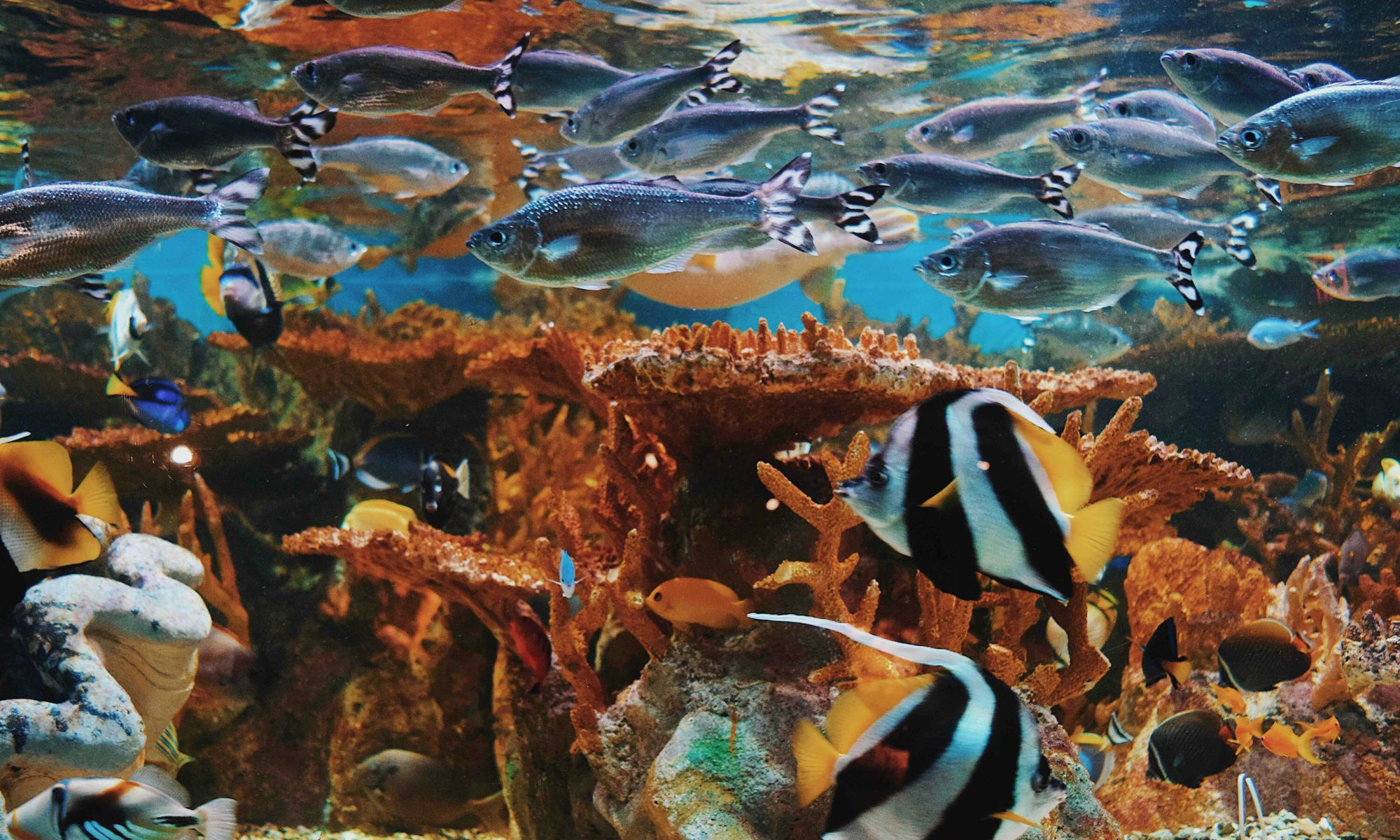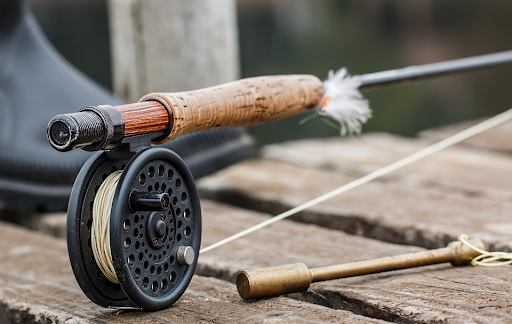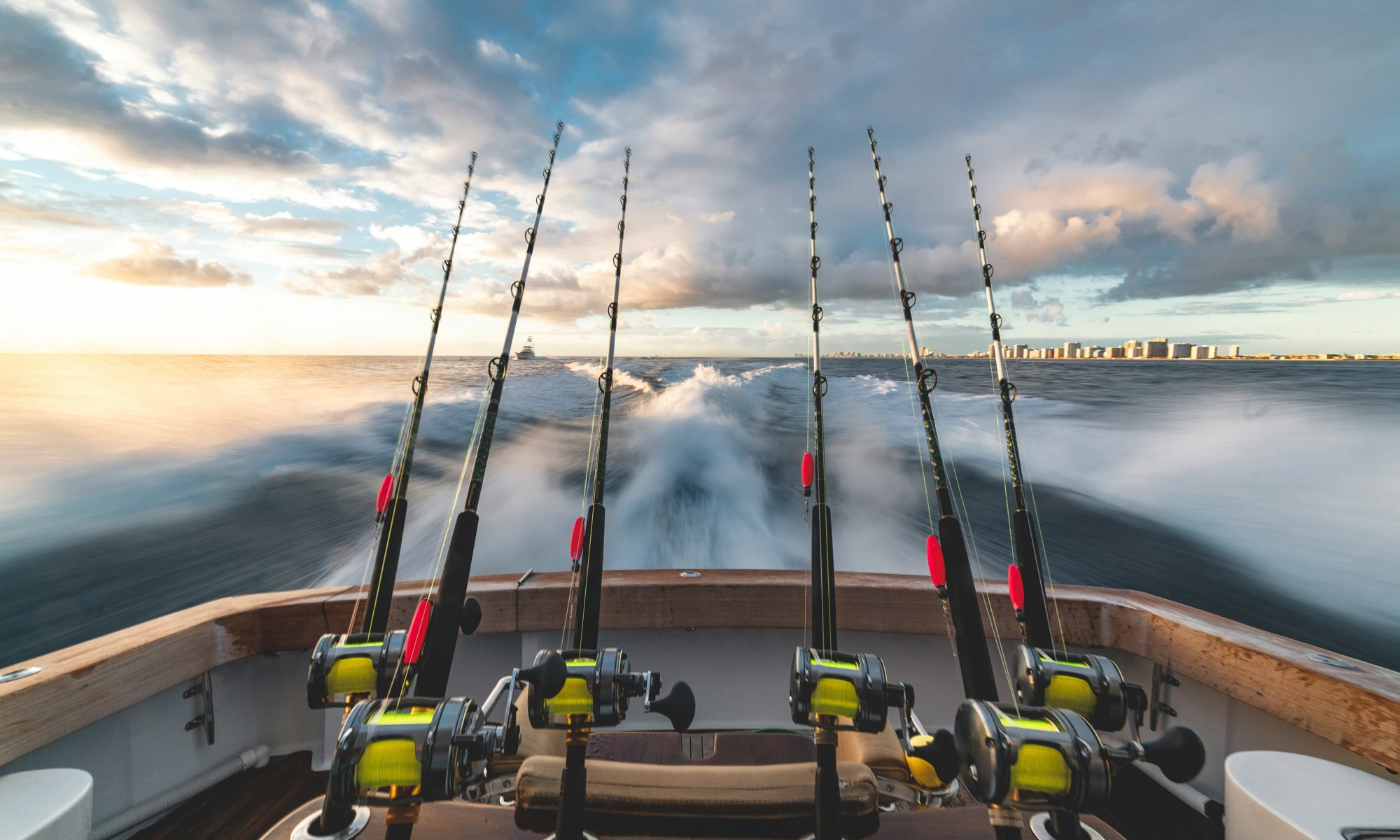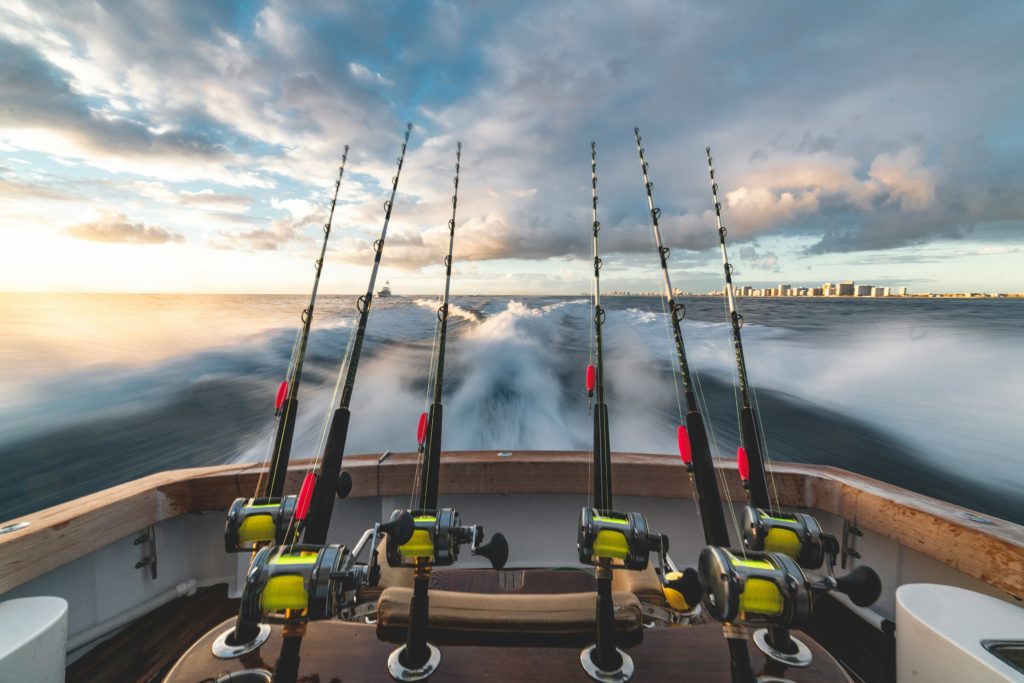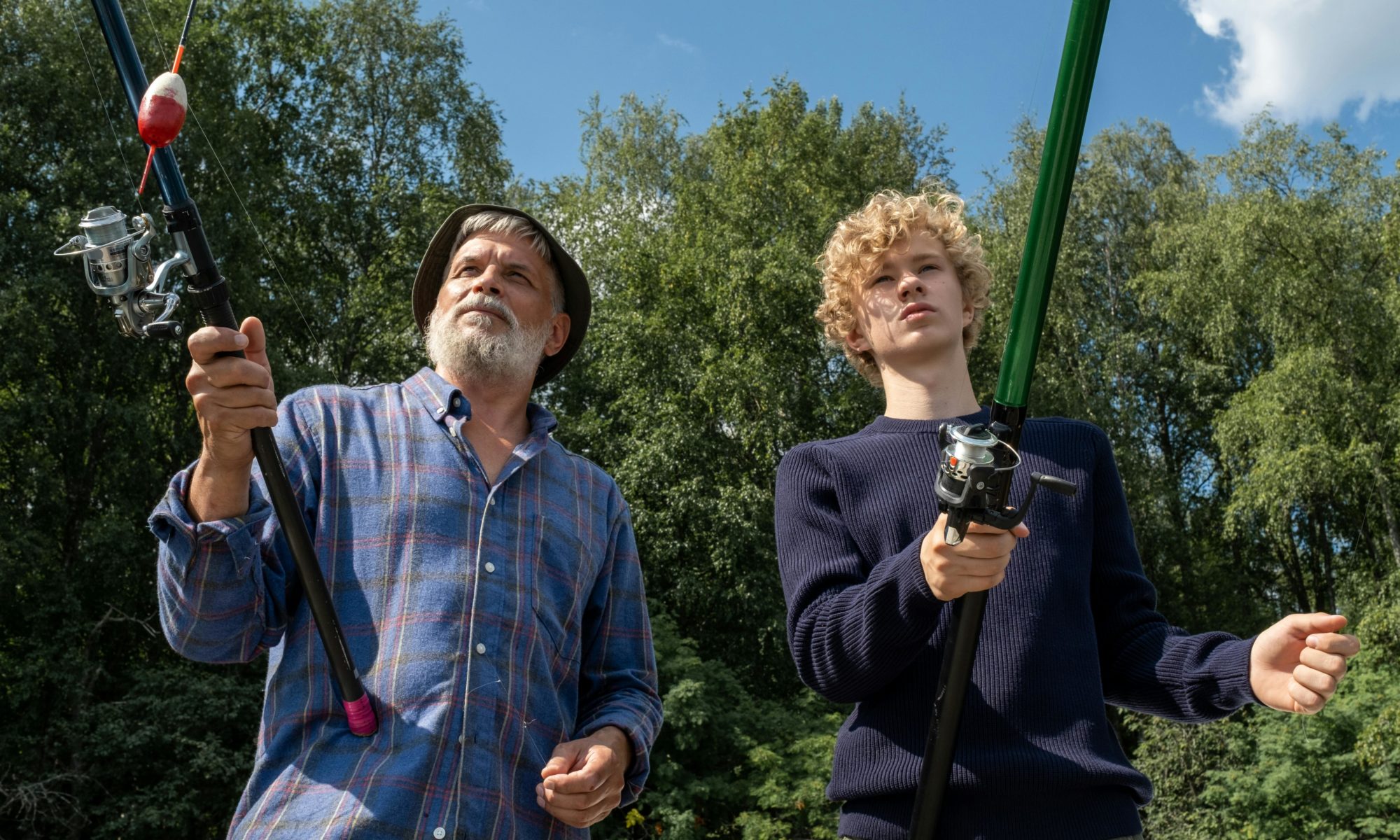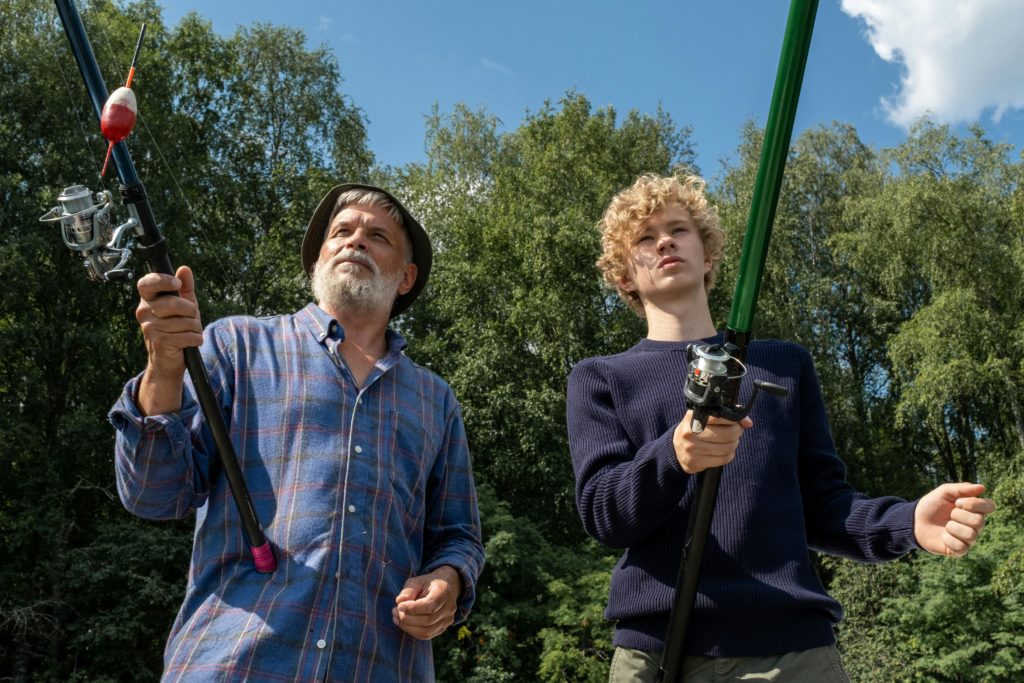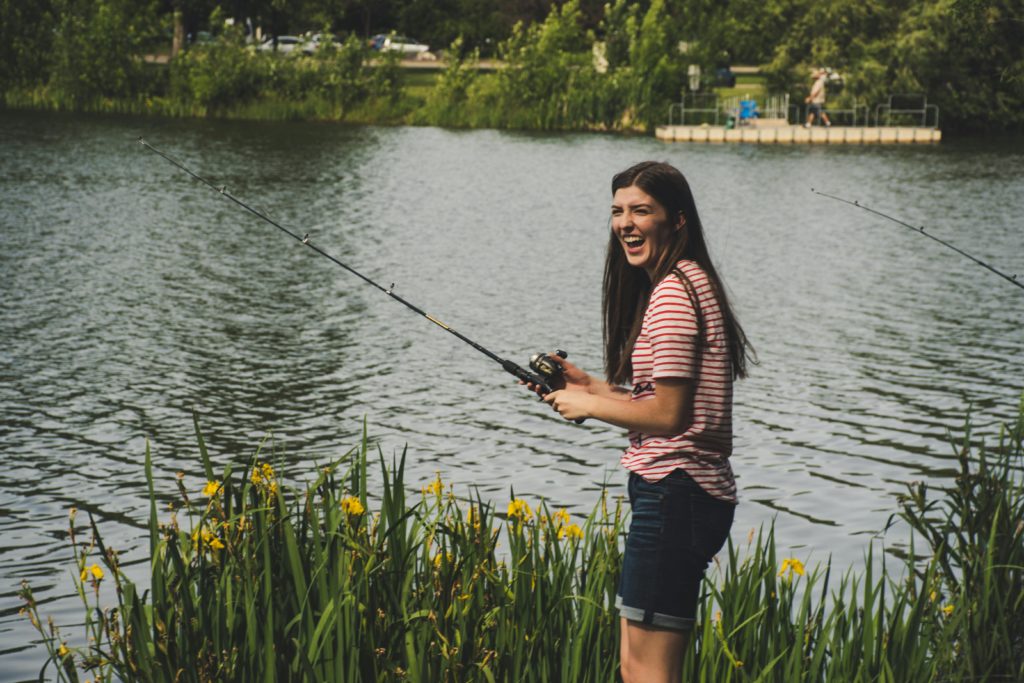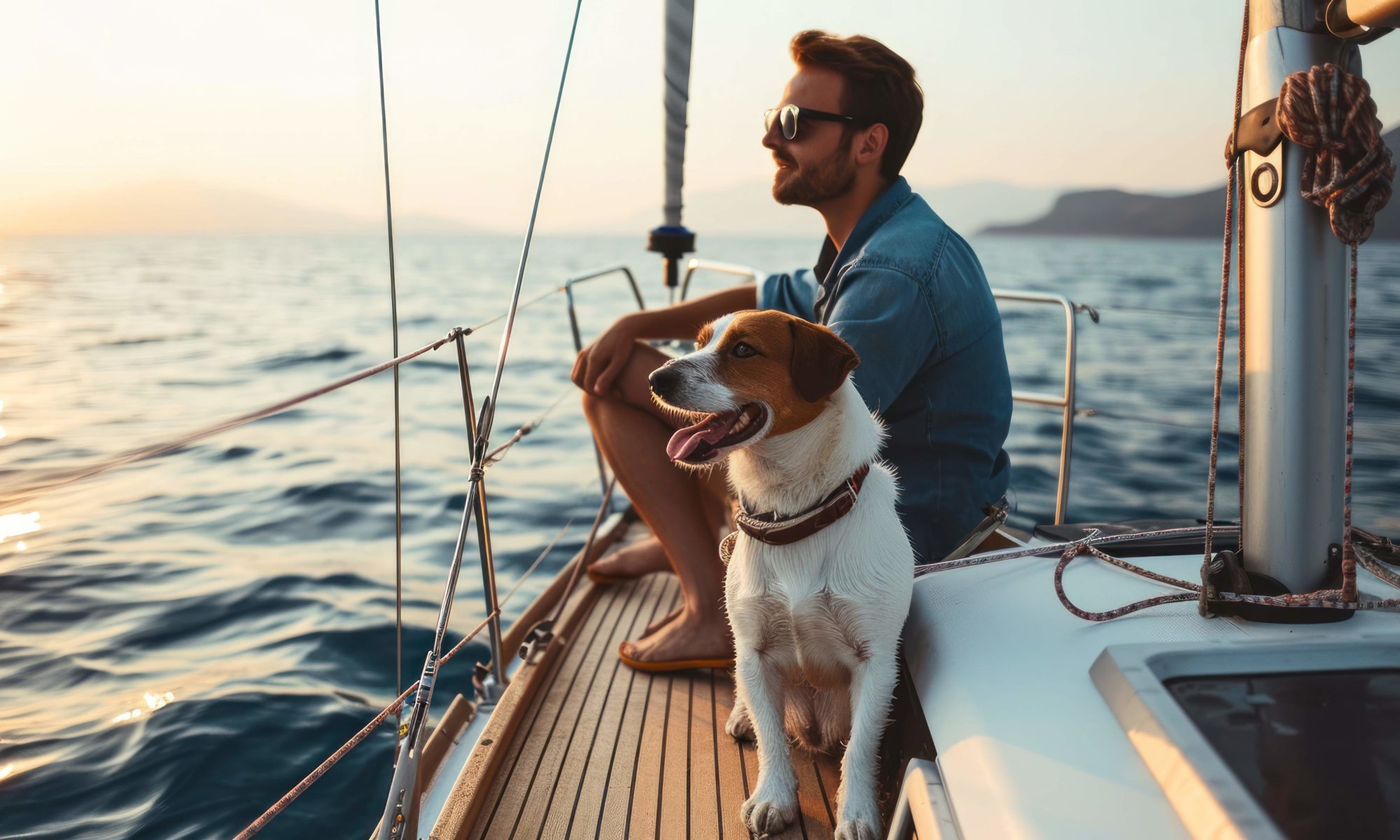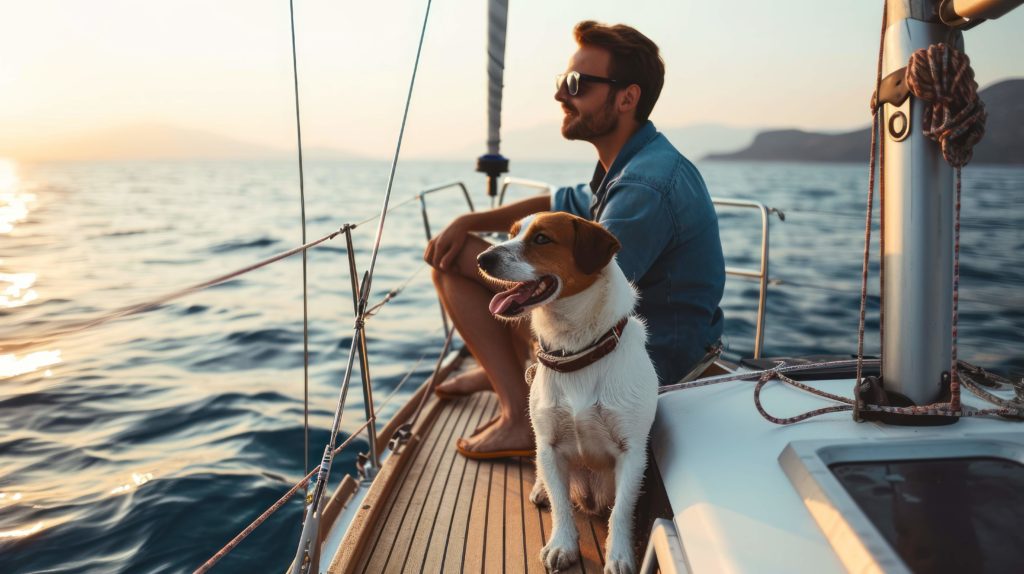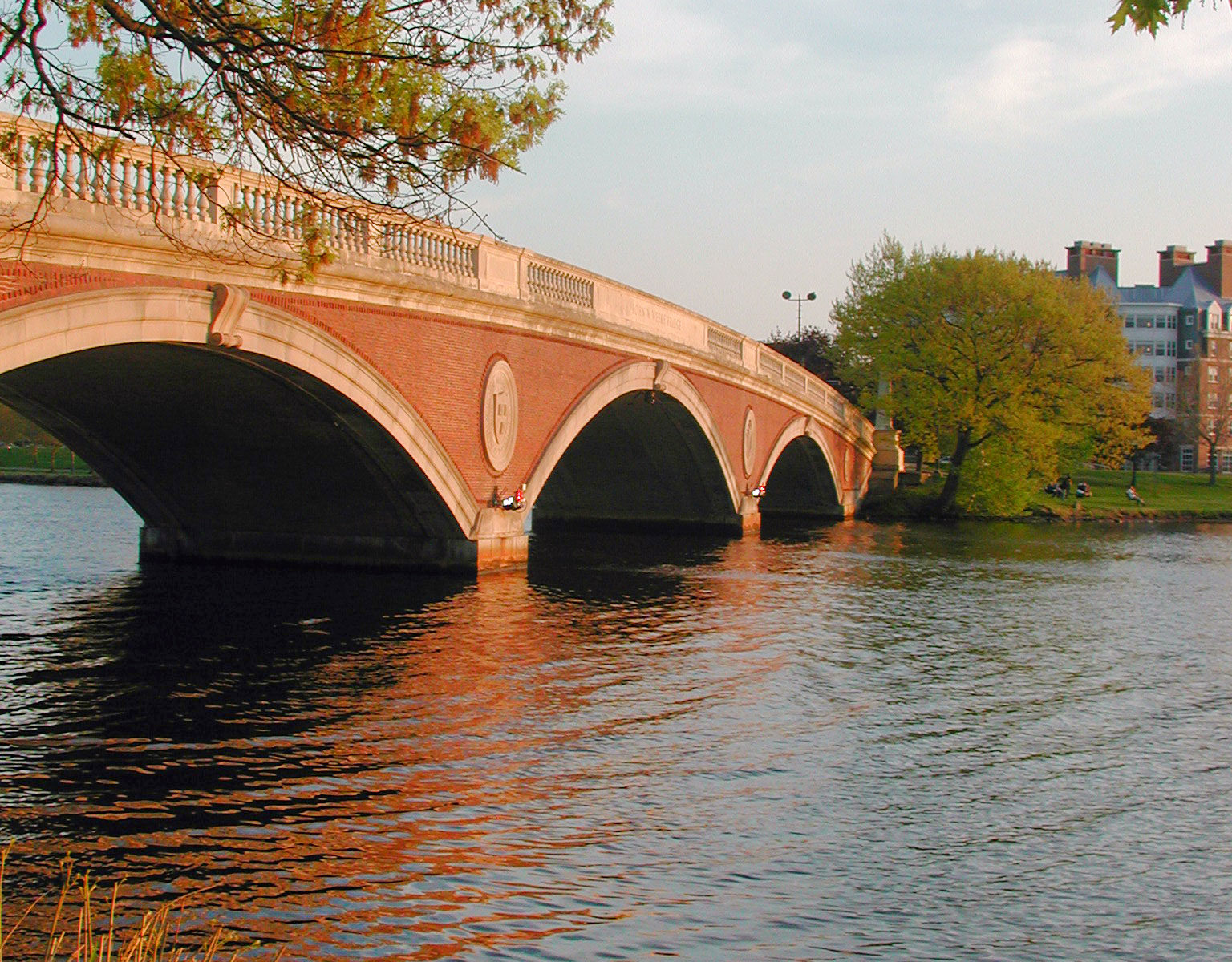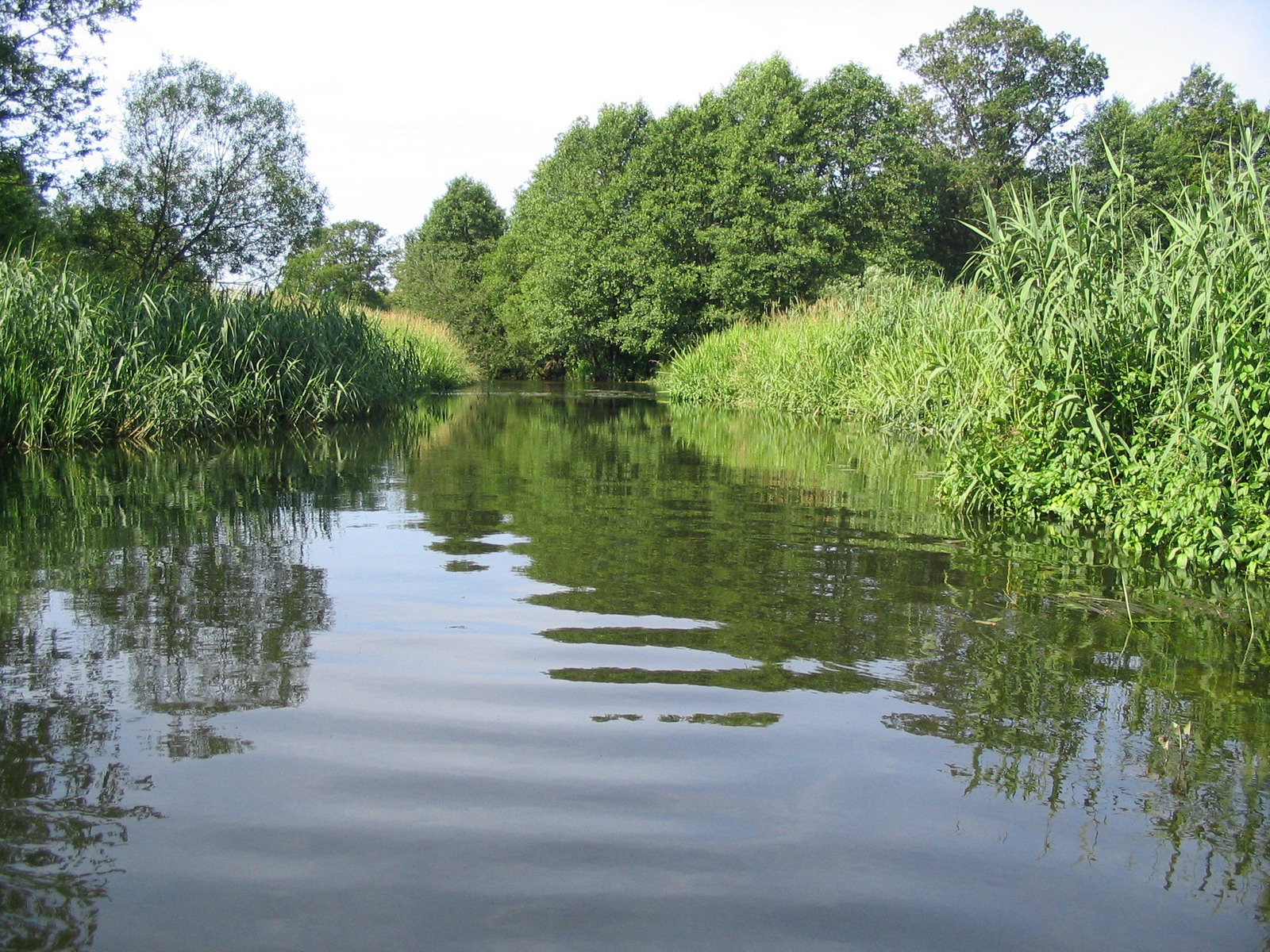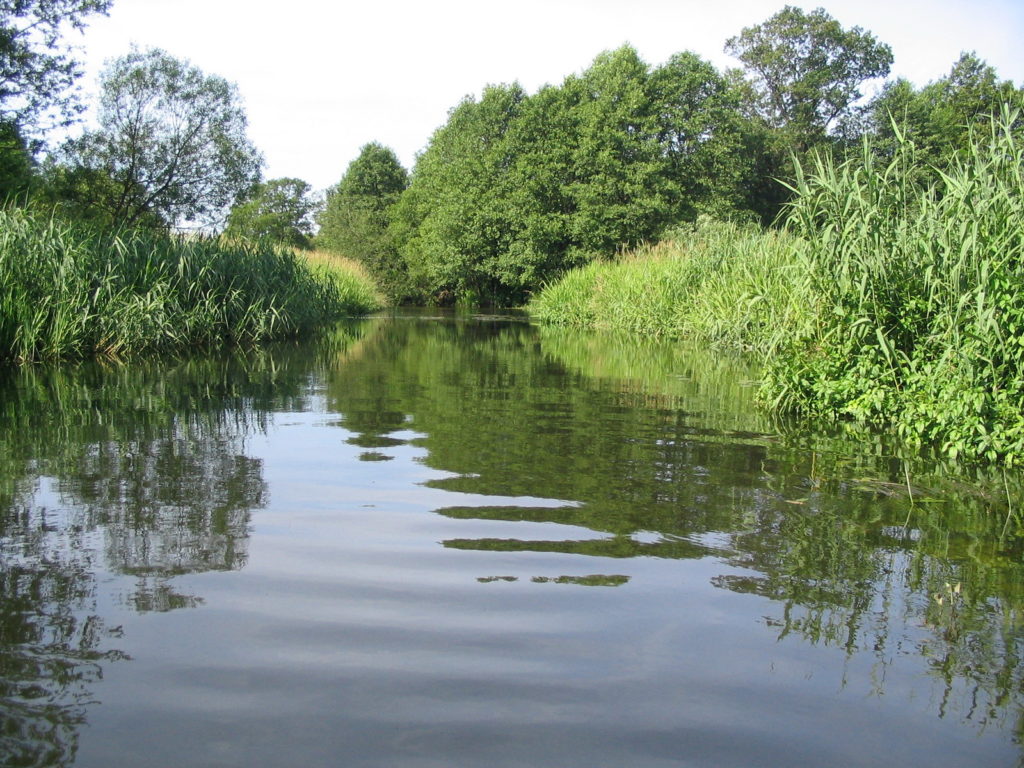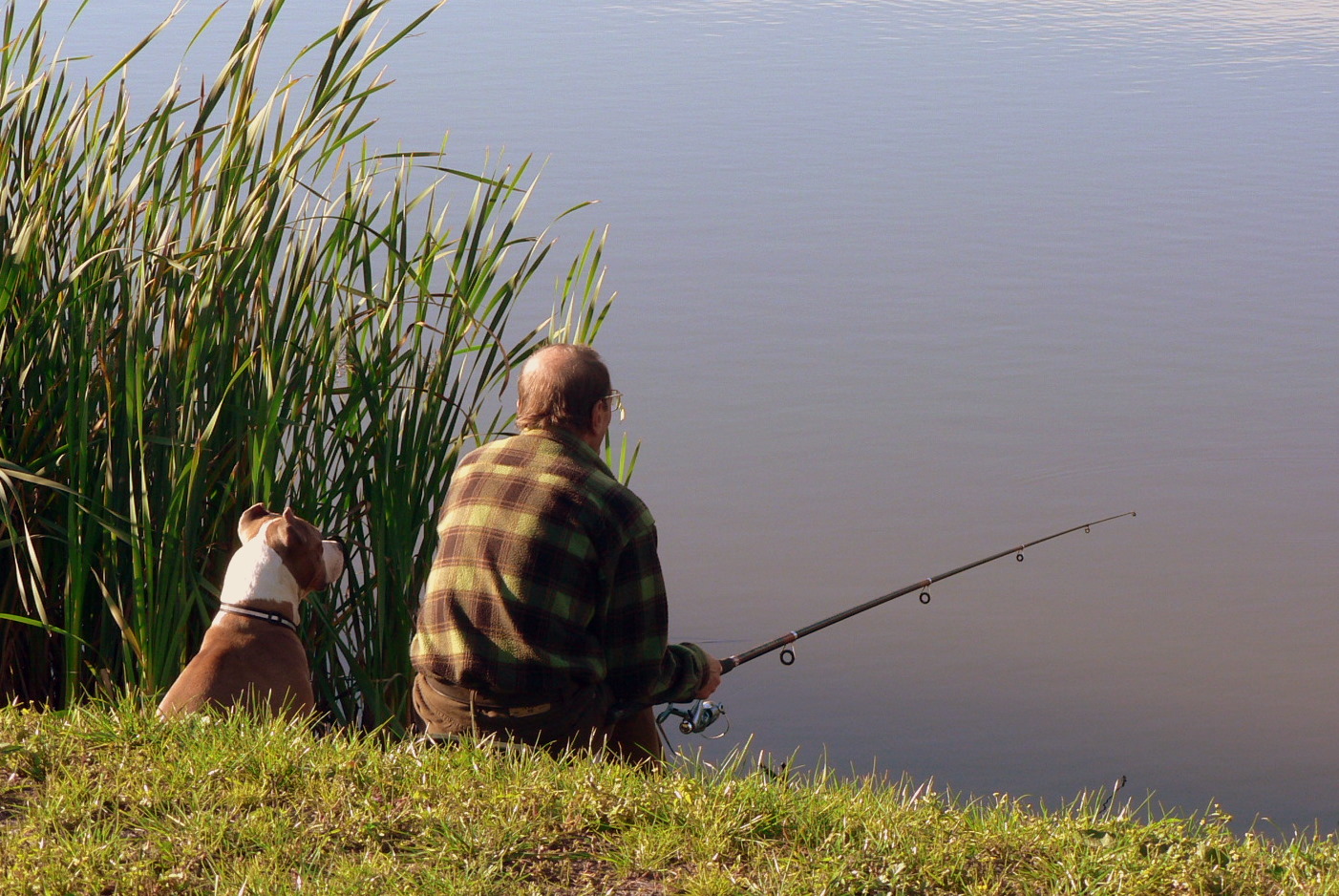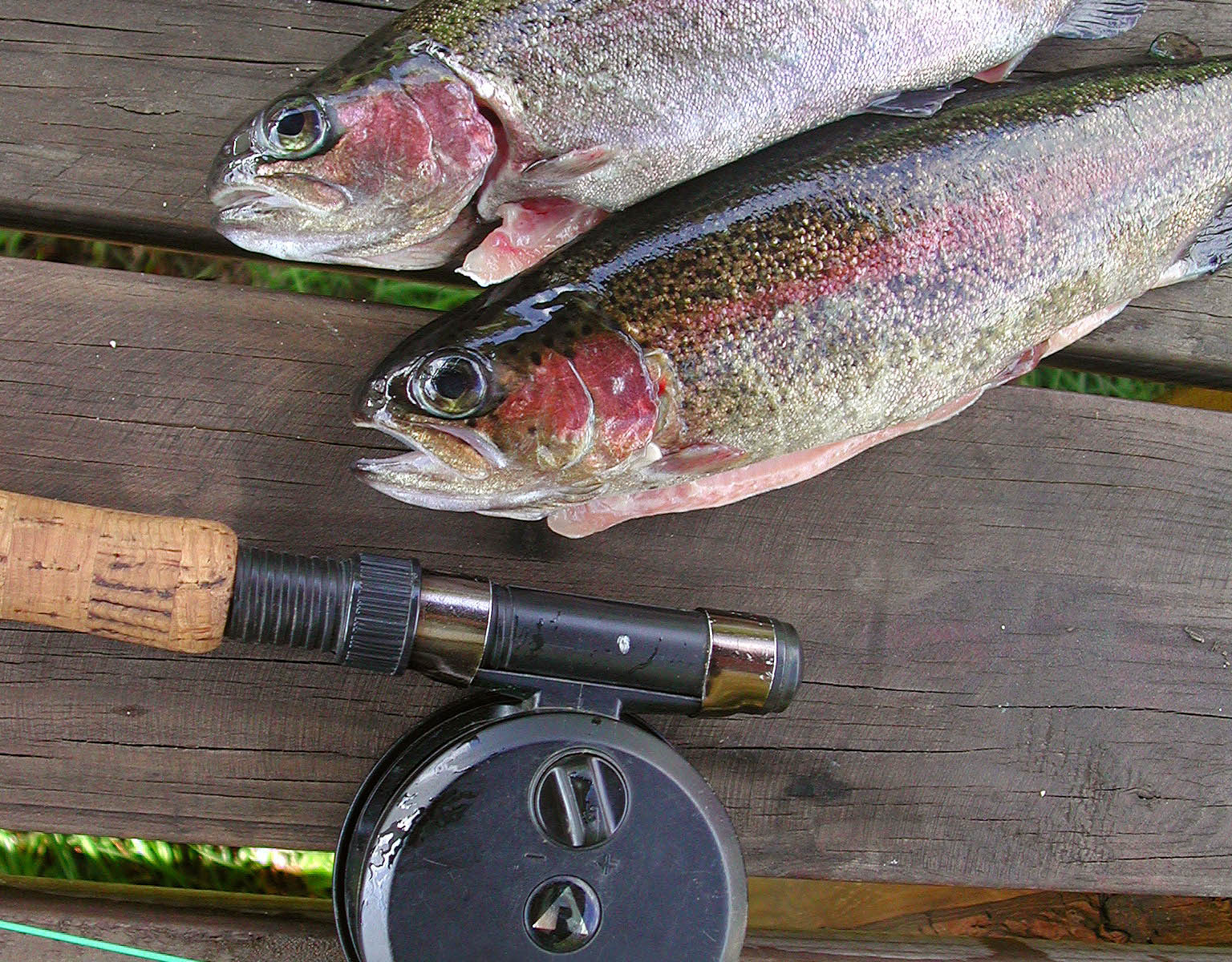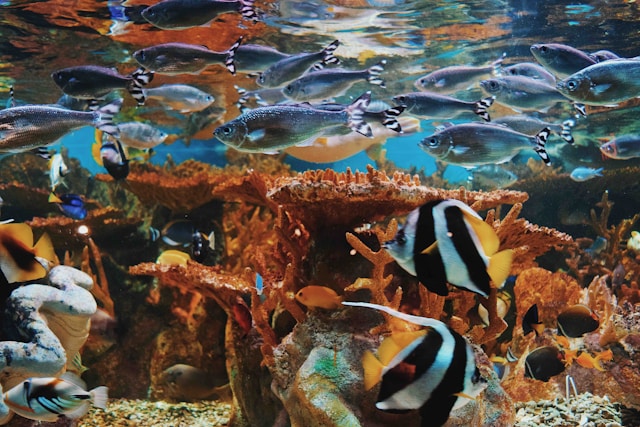
Turning your tropical fish tank into a stunning underwater oasis elevates the look of your space and greatly improves the well-being and contentment of your aquatic pets. With a selection of plants and decorative elements that complement each other well, you can establish a lively and flourishing environment within the tank. Let’s explore ways to redesign your fish tank to make it a focal point and a tranquil retreat.
Exploring the Fundamentals of Aquascaping
Aquascaping involves arranging aquatic plants and natural elements like rocks and wood in an aquarium to create a visually appealing underwater landscape akin to gardening beneath the water’s surface. Achieving an aquascape is crucial as it enhances the aesthetic charm and supports the ecological well-being of your aquarium setup. Effective Aquascaping plays a role in sustaining a healthy ecosystem within the tank by ensuring fish have access to essential oxygenation levels, adequate filtration systems, and safe hiding places.
Selecting the Appropriate Plants
Adding plants to your fish tank is a great way to enhance its beauty and provide a comfortable environment for your aquatic friends! Consider options like Anubias, which can be attached to rocks or wood and do well with light requirements. You might also want to think about Java Fern, which is rugged and low-maintenance—perfect for those new to fishkeeping! Don’t forget Cryptocoryne, which comes in different colors and sizes to bring some vibrant hues and textures to your underwater landscape. Remember to investigate whether the plants you select suit your fish species to guarantee they can coexist harmoniously without any issues arising.
Choosing The Accessories
Enhancing your fish tank’s functionality and aesthetics goes beyond adding plants; selecting the appropriate accessories is key, too! Choose a substrate that promotes plant growth, such as aqua soil or fine gravel, and invest in top-notch lighting to boost plant development while highlighting the hues of your fish and vegetation! A reliable filtration system is essential not only for water purity and overall health but also for ensuring the well-being of your plants.
Establishing A Focus
In each aquascape stands out a central feature that catches the eye—be it a striking piece of driftwood, an interestingly shaped rock, or a cluster of vibrant plants. This focal point should captivate the gaze before guiding it to explore the entire aquascape effortlessly positioned slightly off balance for a more organic and pleasing look.
The Importance of Color and Texture
Playing around with colors and textures can really change the look of your fish tank! Try mixing up the textures and colors of the leaves to give them dimension and make them more eye-catching. For example, pair delicate fern leaves with the larger leaves of an Anubias to create a fantastic contrast effect!
Routine Servicing
To keep your aquascape looking its best and thriving over time, you need to perform maintenance tasks like trimming plants and tidying the substrate while also ensuring the filtration system is in good working order. Additionally, regular water changes are important for maintaining water quality and ensuring the health of your fish.
Revamping your tropical fish tank with the right plants and accessories transforms a bland setup into a stunning visual display and creates a healthier environment for your aquatic friends. With creativity and regular maintenance, your fish tank can blossom into a mesmerizing underwater garden, serving as a focal point in your home. For those looking to explore an extensive selection of high-quality aquarium plants and accessories, consider visiting Tropifin. Dive into the vibrant world of aquascaping and watch your underwater ecosystem thrive in beauty and health.

